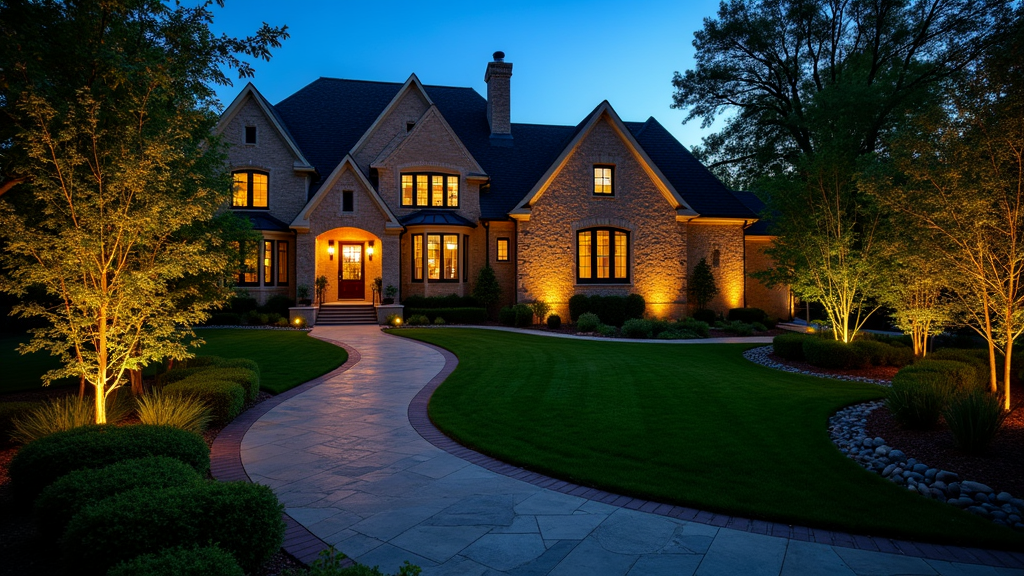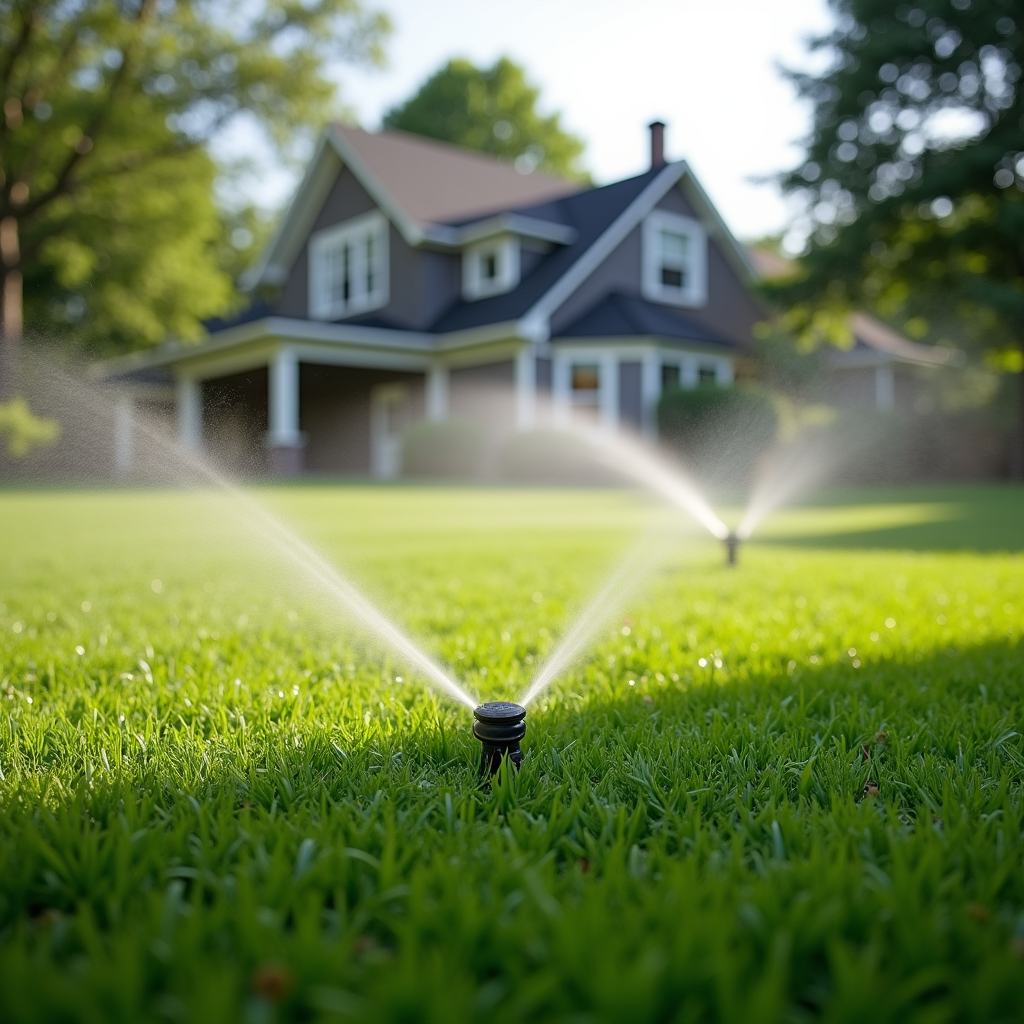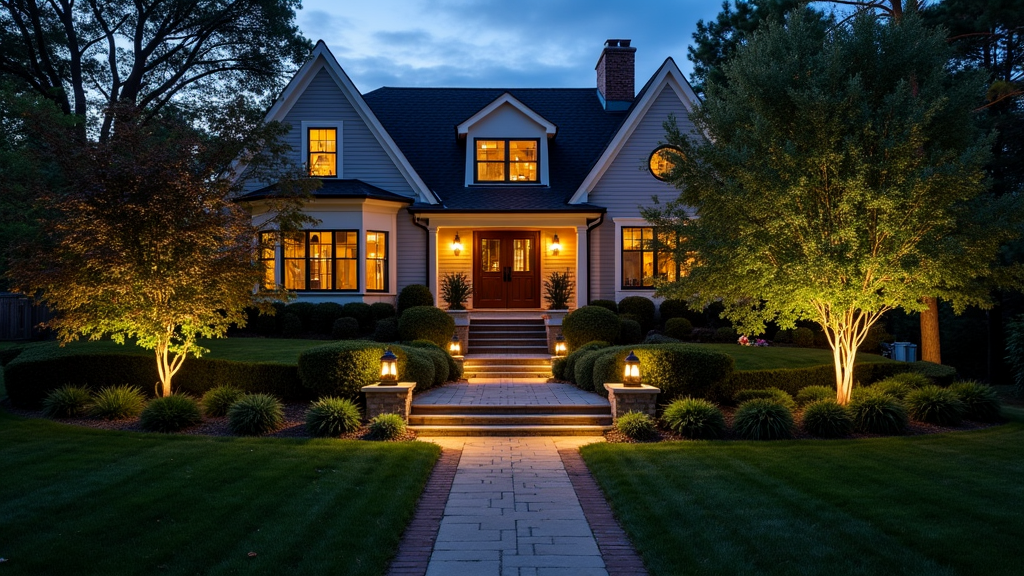Introduction
When it comes to enhancing the beauty and functionality of your outdoor space, landscape lighting is an essential component that cannot be ignored. Whether you're hosting a summer barbecue, enjoying a quiet evening in the garden, or simply illuminating pathways for safety, knowing when and how to use landscape lights can dramatically transform your outdoor experience. In this comprehensive guide titled From Dusk to Dawn: When to Use Landscape Lights, we will delve deep into the world of outdoor lighting. We’ll explore various types of landscape lights, their applications, and best practices for installation and maintenance.
Understanding Landscape Lighting
What Is Landscape Lighting?
Landscape lighting refers to the use of various lighting fixtures integrated into outdoor spaces for both aesthetic and functional purposes. This type of outdoor lighting serves multiple roles, including illuminating walkways, highlighting architectural features, creating ambiance, and ensuring safety during nighttime activities.
Why Is Landscape Lighting Important?
Enhancing Aesthetics: Properly executed landscape lighting can accentuate the natural beauty of flora and fauna while emphasizing structural elements such as patios and decks.

Improving Safety: Adequate lighting along pathways minimizes accidents by providing clear visibility, making it easier for family members and guests to navigate safely.
Extending Usability: With effective outdoor lighting, you can enjoy your yard day or night. Whether it's reading a book on your patio or having a late-night conversation around the fire pit, well-placed lights can make the outdoors inviting at any time.
Different Types of Landscape Lights
- Pathway Lights Spotlights Flood Lights Wall Lights Deck Lights Underwater Lights
Each type serves a distinct purpose within your landscape design.
From Dusk to Dawn: Understanding Timing in Outdoor Lighting
The Importance of Timing
Choosing when to turn on your landscape lights is vital. The transition from daylight to twilight signals an opportunity for illumination. Knowing when dusk occurs allows for optimal use of landscape lights without wasting energy or disrupting natural rhythms.
How Light Sensors Work
Light sensors automatically adjust based on ambient light levels. Installing these sensors with your landscape lights ensures they turn on at dusk and off at dawn without manual intervention. This technology not only saves energy but also extends the lifespan of your bulbs.
Manual vs. Automatic Timers
While automatic timers are increasingly popular due to their convenience, manual timers offer flexibility for special occasions when you may want extended illumination.
Best Practices for Using Landscape Lights
Planning Your Design
Assess Your Space: Take a walk through your garden or yard and identify key areas that would benefit from lighting. Select Fixtures Wisely: Choose fixtures that complement your landscaping style—modern fixtures for contemporary settings or rustic lanterns for traditional gardens. Create Layers: Layering different types of lights creates depth; combining ambient (general), task (specific), and accent (highlighting) lighting can lead to stunning results.Placement Considerations
Pathways: Place pathway lights approximately 6 feet apart along walkways for even illumination.

Trees & Shrubs: Spotlights can be positioned at the base of trees or bushes to create dramatic uplighting effects.
Patios & Decks: Ensure these areas are well-lit by using deck lights or wall-mounted fixtures that provide adequate brightness without being glaring.
Common Mistakes in Landscape Lighting
Over-Lighting vs Under-Lighting
One common mistake is over-lighting spaces with too many fixtures, leading to a harsh environment. Conversely, under-lighting may leave parts of your property in darkness—finding balance is key!
Ignoring Maintenance Needs
Regular upkeep is essential! Clean fixtures periodically to maintain their brightness and check connections annually.
The Benefits of LED Landscape Lighting
Energy Efficiency
LED bulbs consume significantly less electricity than traditional incandescent bulbs while lasting up to 25 times longer! This means lower utility bills and less frequent replacements—talk about a win-win!
Versatility in Design
With various styles available—from vintage looks to sleek modern designs—LEDs can fit seamlessly into any aesthetic preference.
Creating Ambiance with Color Temperature
What Is Color Temperature?
Color temperature refers to how “warm” or “cool” light appears on a scale measured in Kelvins (K). For instance:

- Warm White (2700K - 3000K): Creates a cozy atmosphere. Cool White (4000K - 5000K): Offers a brighter, cleaner look suitable for task-oriented areas like kitchens outdoors.
Choosing the right color temperature helps set the mood you desire in your outdoor space!
FAQ Section
What are the benefits of landscape lighting?- Landscape lighting enhances aesthetics, improves safety, and extends usability during nighttime hours.
- Walk through your space assessing which areas need illumination such as pathways, trees, or seating areas.
- Yes! Many homeowners successfully install low-voltage systems themselves after proper planning.
- LED bulbs are highly recommended due to their energy efficiency and longevity.
- Regularly clean fixtures from dirt/debris; check electrical connections each year.
- Absolutely! Many smart systems allow you control via apps or voice commands for added convenience.
Conclusion
In conclusion, https://www.ramirezlandl.com/contact embracing the beauty and functionality provided by landscape lighting opens up myriad possibilities for enhancing your outdoor living experience—from dusk till dawn! By understanding when and how best to utilize various types of landscape lights, you can create stunning visual displays while ensuring safety and comfort throughout the evening hours.
With thoughtful planning regarding placement, style choices aligned with personal taste preferences coupled with energy-efficient technologies like LEDs—and don’t forget regular maintenance—you'll find yourself enjoying enchanting nights under beautifully lit stars once again!
So take that first step today—illuminate those darkened corners! Let’s make every moment outside magical!
Feel free to reach out if you have more questions about using landscape lights effectively in enhancing your home’s exterior charm!